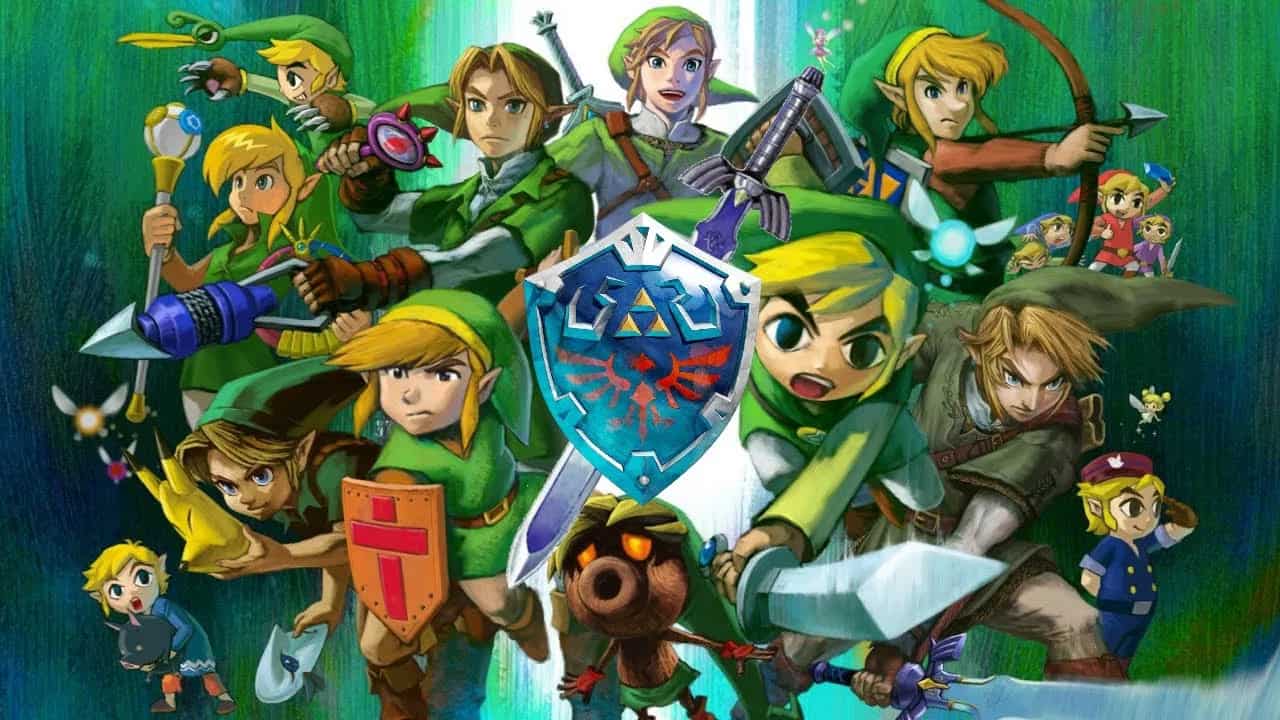After more than 35 years and almost 20 mainline games, plenty of remakes, remasters, and spin-offs, The Legend of Zelda series continues to be one of the biggest and most noteworthy in the medium of video games. As one of the twin pillars of Nintendo’s success (along with Super Mario Bros.) The Legend of Zelda is massively instrumental in helping to cement video games as something more than a fad and bringing the medium to its current mainstream acceptance and appeal. The original Legend of Zelda serves as a turning point in the medium of games, showcasing what was possible on consoles as opposed to arcades. However, it’s arguably the series’ first foray into 3D with Ocarina of Time that cements its legendary status.
Since the release of Ocarina of Time, the series continues to evolve, with Nintendo continually reinventing the franchise. The most profound change that the series has experienced in recent years is the shift to an open-world with Breath of the Wild, bringing the series its greatest-ever sales in the process. Taking a look at both the critical reception and sales figures of the Zelda series paints a clear picture as to which entries seem to resonate most with both fans and critics, and it’s interesting to see just how closely the two factors correlate.
18. The Legend of Zelda: Four Swords Adventures
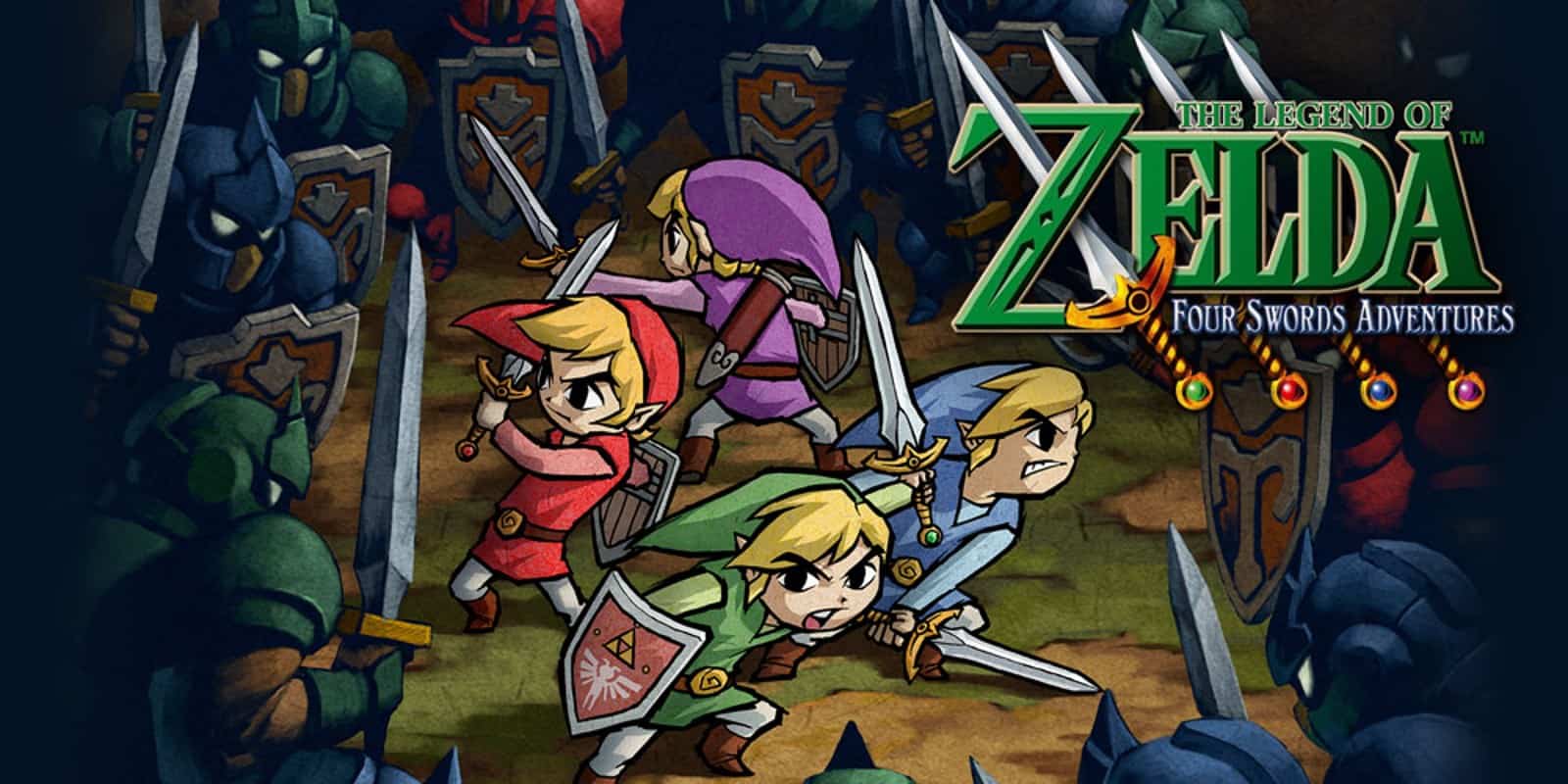
Release Year: 2004
Platform: Nintendo GameCube
Total Sales: 0.76 million units
Review Aggregate Score: 86%
Arriving just two years after The Wind Waker and essentially revisiting an idea from an older pack-in with the Game Boy Advance version of A Link to the Past, Four Swords Adventures is at the bottom of the list with less than 1 million units sold during its lifetime. That said, the game’s review aggregate score of 86% supports the fondness that many Zelda fans have for the game, especially when playing it cooperatively with three friends as the four Links. The multiplayer Zelda games still struggle to find the same kind of audience as the solo adventures, which makes sense given the solitary nature the series continues to display. Four Swords Adventures is a fun game, but it doesn’t quite reach the heights of the single-player entries.
17. The Legend of Zelda: Tri Force Heroes
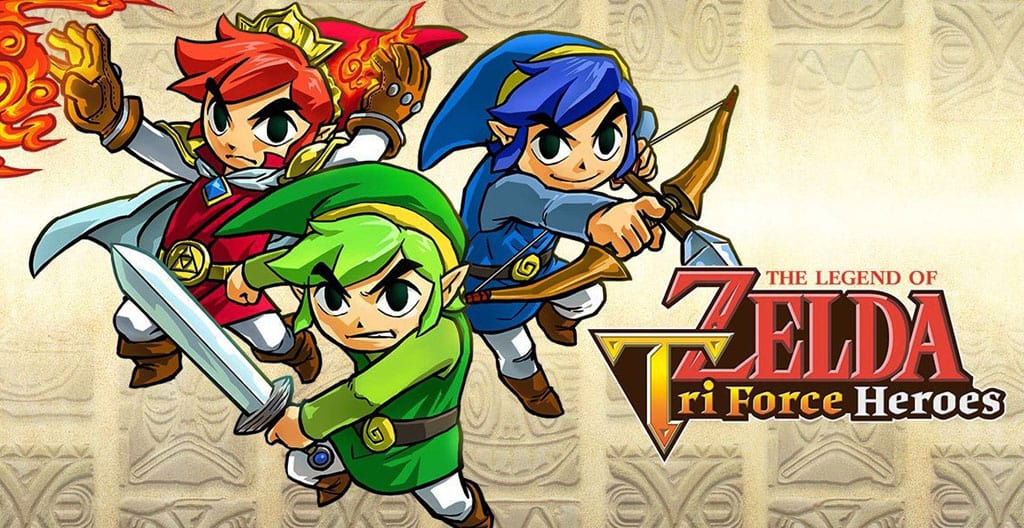
Release Year: 2015
Platform: Nintendo 3DS
Total Sales: 1.36 million units
Review Aggregate Score: 73%
Despite selling more than Four Swords Adventures, both fans and critics alike seem to have a hard time justifying Tri Force Heroes. With the lowest aggregate score of any game in the series, it’s surprising to see that it outsells the other multiplayer-focused adventure in the franchise. But, a large part of the game’s success can be attributed to it having both physical and digital formats and being available from the Nintendo 3DS’ eShop. Tri Force Heroes lacks a lot of the originality of Four Swords Adventures and pales in comparison to the 3DS’ other exclusive Zelda game. If not for its almost double sales of Four Swords Adventures, Tri Force Heroes would undoubtedly rank at the bottom of the list.
16. The Legend of Zelda: The Minish Cap
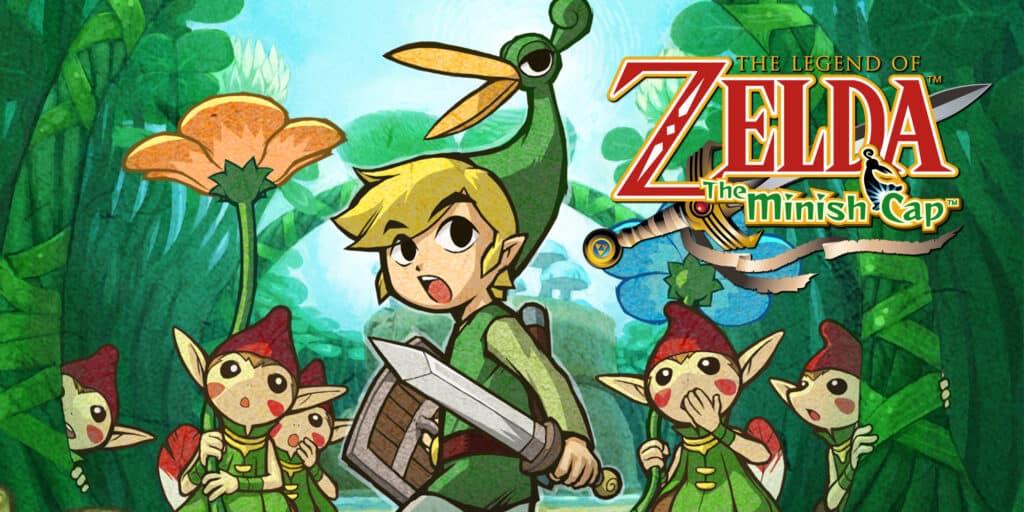
Release Year: 2004
Platform: Game Boy Advance
Total Sales: 1.76 million units
Review Aggregate Score: 89%
Looking at the disparity between the sales figures and review scores for The Minish Cap back up one of the primary sentiments many hold about the game. Namely, The Minish Cap is the most criminally overlooked game in the entire Zelda series. This Game Boy Advance exclusive is the last of three titles that both Capcom and Nintendo develop in the Zelda franchise and it follows in the same tradition as the partnership’s first two games — Oracle of Ages and Oracle of Seasons. Accordingly, The Minish Cap is absolutely bursting with excellent combat, puzzle-solving, and dungeon design. It’s a shame that the game’s sales don’t reflect on its quality, but thankfully players who missed it back in the day can now experience The Minish Cap on Nintendo Switch via Nintendo Switch Online.
15. The Legend of Zelda: Spirit Tracks
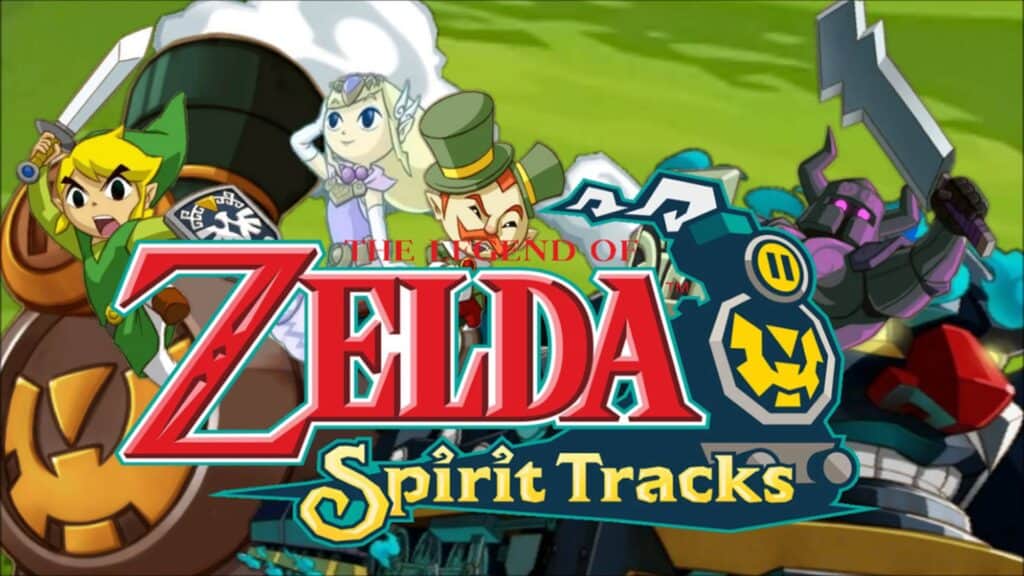
Release Year: 2009
Platform: Nintendo DS
Total Sales: 2.96 million units
Review Aggregate Score: 87%
Though the second DS Zelda game is one of the more unique entries in the series and holds an impressive 87% aggregate score from critics, it has roughly half the sales of its predecessor and is the last game in the franchise to use the “Toon Link” art style. It’s entirely possible that the diminishing returns from games utilizing the art direction of The Wind Waker prompted Nintendo to go back to the drawing board, resulting in the totally new approach to the series’ visuals in following games. Still, Spirit Tracks is an excellent Nintendo DS game and a great handheld Legend of Zelda title. Not only that, it’s the only game in the series that sees Link take on the role of being a train conductor, so there’s something to be said for that.
14. The Legend of Zelda: Oracle of Ages/Seasons
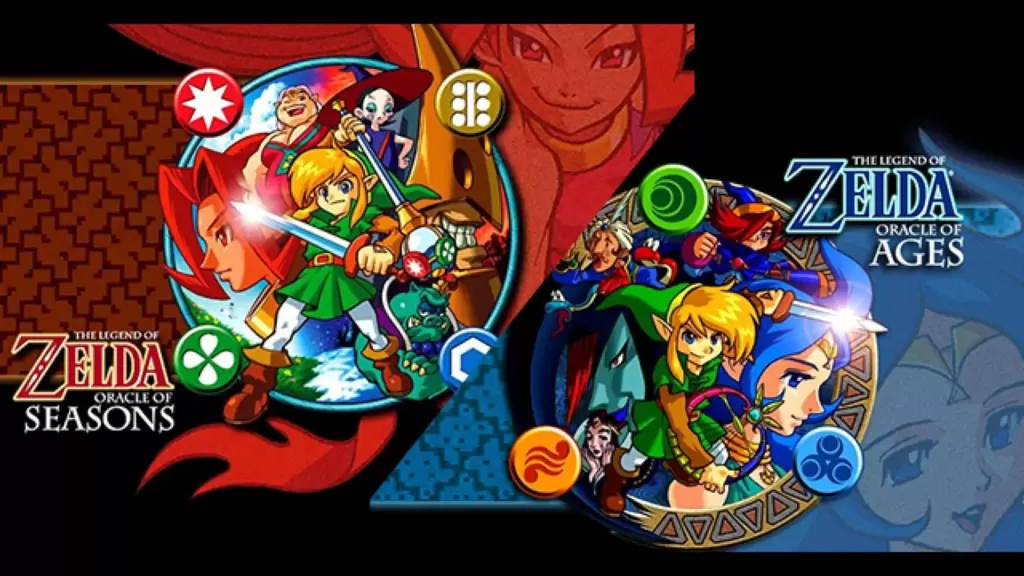
Release Year: 2001
Platform: Game Boy Color
Total Sales: 3.99 million units
Review Aggregate Score: 92%
It’s surprising that Capcom and Nintendo have yet to team up again on The Legend of Zelda series with how much the Oracle games and The Minish Cap rank among the fan-favorites in the franchise. Releasing in 2001 and capitalizing on the popularity of the linking Pokemon games, Oracle of Ages and Oracle of Seasons are two separate Zelda games that require fans to play and complete both entries to get the full story. Regardless of which one players experience first, saving and loading a completed file in the other game will see the true final encounter against Ganon unlock, giving way to the true ending of the Oracle saga. Both of these titles have some of the best combat and puzzles of any handheld Zelda title, and their sales and reception reflect these qualities.
13. The Legend of Zelda: A Link Between Worlds
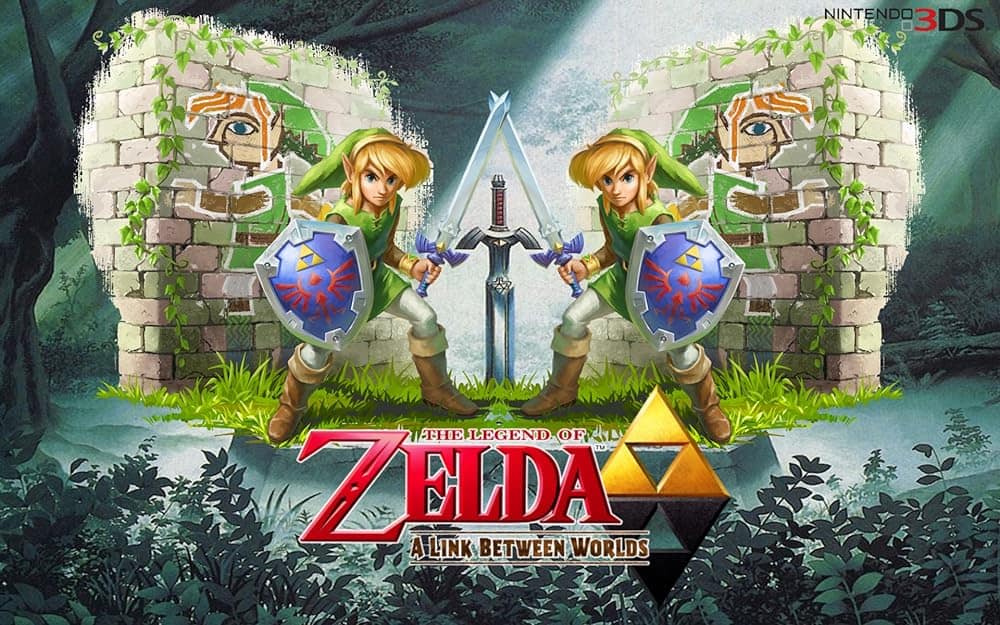
Release Year: 2013
Platform: Nintendo 3DS
Total Sales: 4.28 million units
Review Aggregate Score: 91%
As the spiritual successor and follow-up to A Link to the Past released more than 20 years later, A Link Between Worlds is absolutely one of the more special games in the franchise. The SNES Zelda game is one of the most important and beloved games in the series, and receiving a sequel so many years later is something that most fans didn’t expect. Both the critic and fan reception to the game are incredibly strong, as are the sales figures for the 3DS exclusive. A Link Between Worlds is the second best-selling handheld Zelda game to feature on the Nintendo DS or 3DS, and its reimagining of the Hyrule from A Link to the Past and excellent “2D Link” mechanic help to back up its strong sales and critical reception. Hopefully Nintendo will begin bringing DS and 3DS titles to the Switch’s online service soon, including this Zelda gem.
12. The Legend of Zelda: Phantom Hourglass
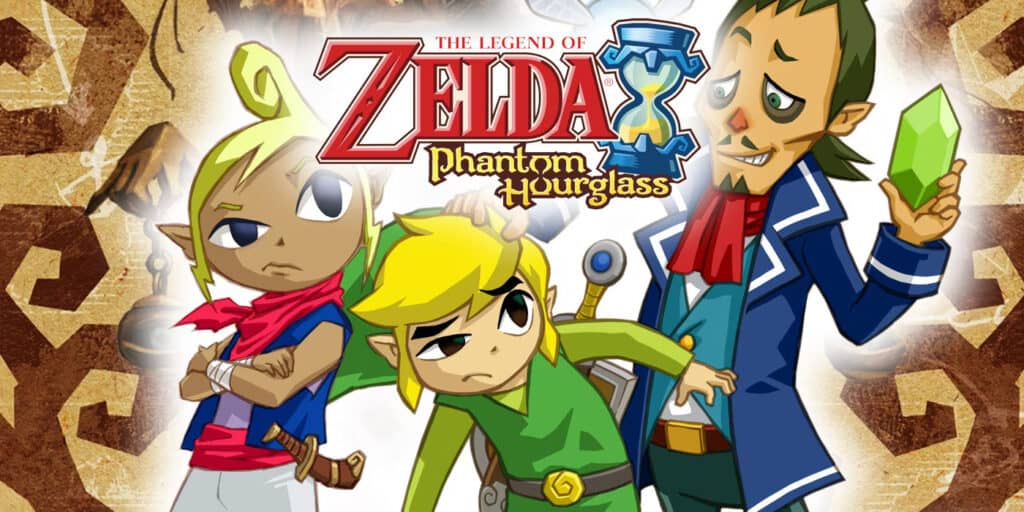
Release Year: 2007
Platform: Nintendo DS
Total Sales: 4.76 million units
Review Aggregate Score: 90%
Although it sits slightly below A Link Between Worlds in terms of its critical reception, Phantom Hourglass is the best-selling Zelda game on Nintendo’s DS hardware. A direct follow-up to The Wind Waker, Phantom Hourglass retains much of the style and setting of its GameCube predecessor but switches things up by having players control Link mostly using the DS’ stylus and touch screen. It’s a control gimmick that actually ends up working quite well, and it’s one that critics were substantially impressed with at the time of the game’s release. Phantom Hourglass is definitely the better of the two DS Zelda games, and its sales and review aggregate serve to support that sentiment.
11. Zelda II: The Adventure of Link
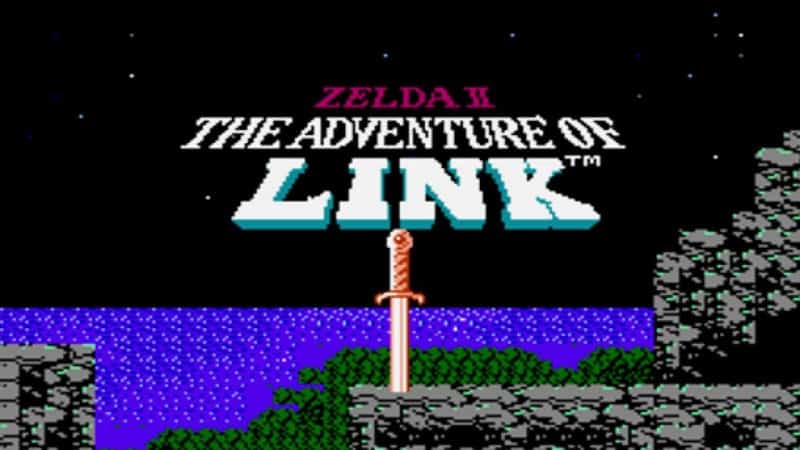
Release Year: 1987
Platform: Famicom/NES
Total Sales: 4.97 million units
Review Aggregate Score: 78%
Though most fans widely consider Zelda II: The Adventure of Link to be the least-enjoyable game in the series, the time of its release and lack of any other games in the series than the original helps its sales to reach greater heights than they might have otherwise. Zelda II is interesting for being a drastic departure from the formula that the original Legend of Zelda establishes (and then returns to in the next game), but looking back on it 35 years later gives some greater context and hindsight into one of the more unique entries in the series. Zelda II is much more of an action-RPG than an action-adventure game, and it introduces some unique concepts that actually take root in the latest series entries through how important visiting towns and interacting with NPCs can be.
10. The Legend of Zelda: Majora’s Mask
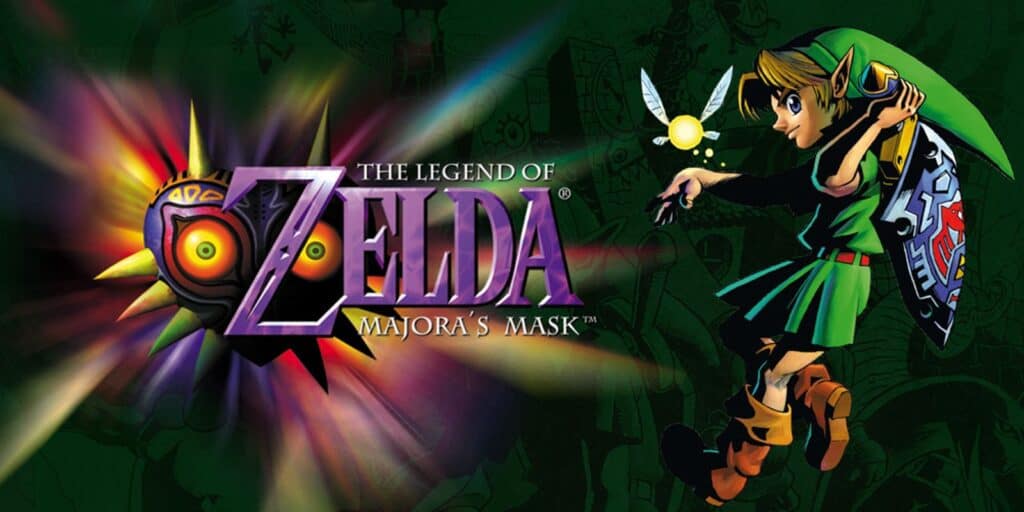
Release Year: 2000
Platform: Nintendo 64
Total Sales: 6.79 million units
Review Aggregate Score: 95%
Despite being one of the fan-favorite games in the series and a follow-up to Ocarina of Time, Majora’s Mask is a bit of a cult-classic as far as Zelda games go. Majora’s Mask features one of the more unique mechanics in the series thanks to its recurring time loop and countdown to the end of the world. Additionally, it’s also one of the darkest games in the entire Zelda franchise and much more morose than one might expect from a Zelda game. Still, the incredible critical reception of the game and strong sales showcase that the darker turn for the franchise is an experiment worth repeating. All things considered, it’s interesting to see just how much of the game’s DNA is present in this year’s Tears of the Kingdom.
9. The Legend of Zelda: The Wind Waker
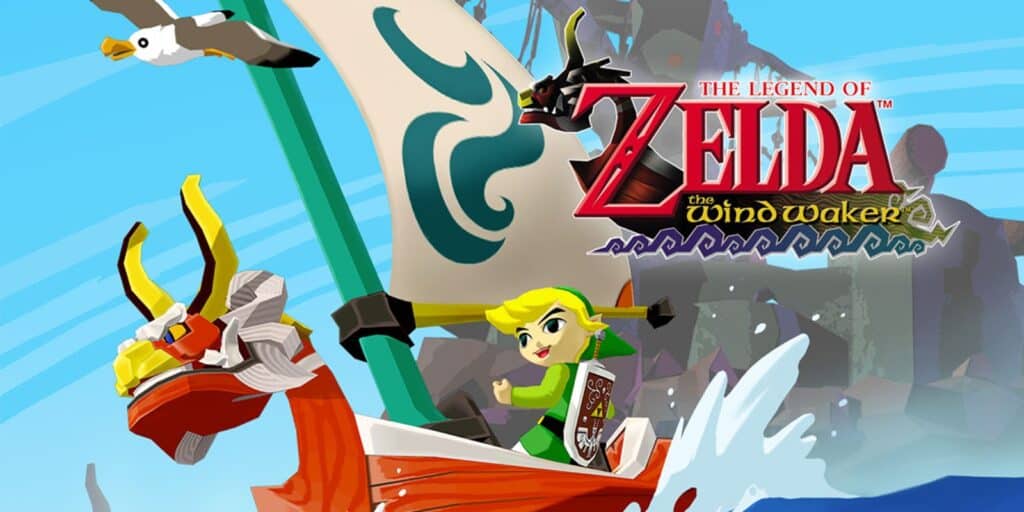
Release Year: 2002
Platform: Nintendo GameCube
Total Sales: 6.79 million units
Review Aggregate Score: 96%
Tying with Majora’s Mask in terms of sales but slightly beating it in its aggregate score is The Wind Waker. Although the game’s reveal and release initially resulted in the game being divisive among fans, time continues to be kind to The Wind Waker thanks to how well its cartoonish visuals age in comparison to other 3D games of the era. Still, the first Zelda for the GameCube did fail to meet Nintendo’s sales expectations for the title (especially with the far greater success of its predecessor, Ocarina of Time) and The Wind Waker‘s divisive qualities are almost surely responsible for the series’ darker and more adult turn in the next mainline entry (which would also outperform it in both sales and critical reception).
8. The Legend of Zelda
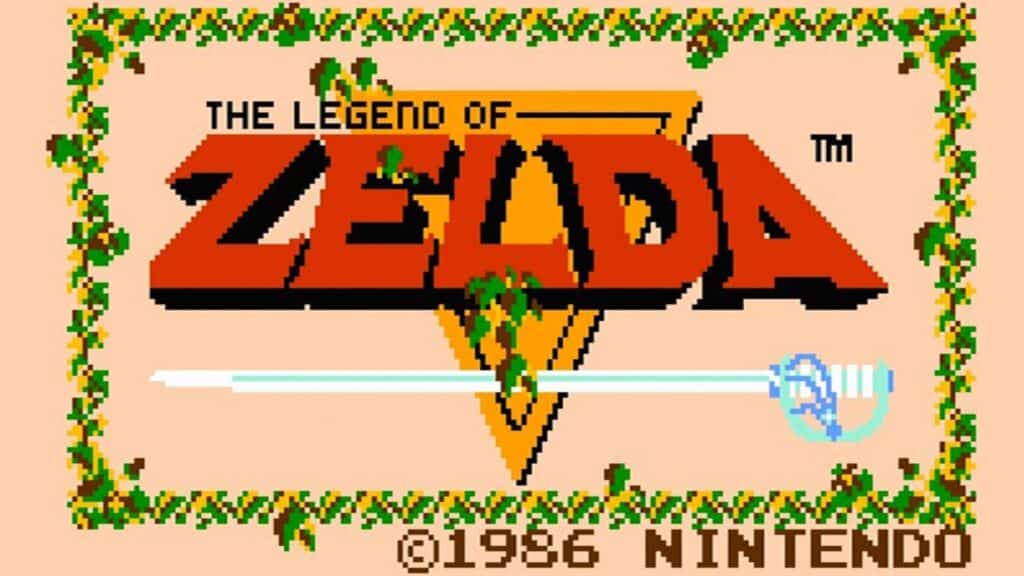
©Zelda gameplay screenshot
Release Year: 1986
Platform: Famicom/NES
Total Sales: 7.29 million units
Review Aggregate Score: 90%
The game that starts it all, The Legend of Zelda still gets referenced to this day as one of the most important and best games to ever exist. Even outside of the context in which the game released, The Legend of Zelda still holds up as an incredible game and snapshot of creative brilliance. What Sigeru Miyamoto and his team are able to accomplish within the limitations of the NES hardware is, quite frankly, astounding, and the first game in the series makes it all the more obvious why the Zelda series continues to persist into the modern era. All in all, the game was a massive success for Nintendo in terms of sales. Further, going back and aggregating the few print reviews available from the time show that the critics of the era were readily able to recognize The Legend of Zelda‘s greatness.
7. The Legend of Zelda: A Link to the Past
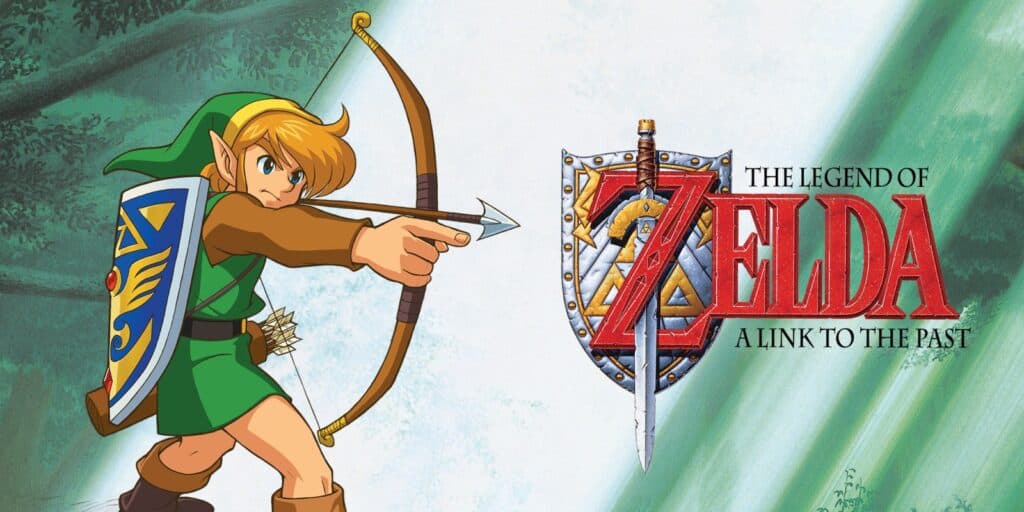
Release Year: 1992
Platform: Super Famicom/SNES
Total Sales: 7.43 million units
Review Aggregate Score: 93%
There’s a strong argument to be made that A Link to the Past is absolutely the best 2D game in the Zelda series. Potentially, one could even consider it the best game in the series as a whole. Returning to the top-down perspective of the first game in the series after Zelda II‘s departures, A Link to the Past is the exact kind of game for which the SNES was built. In addition to Super Mario World and Super Metroid, A Link to the Past takes its respective series and boldly brings it into the (at the time) “next generation”, fulfilling the promise of its predecessor. A Link to the Past both outsells and outperforms The Legend of Zelda critically, establishing the game as the best title in the initial trilogy of Zelda games.
6. The Legend of Zelda: Skyward Sword
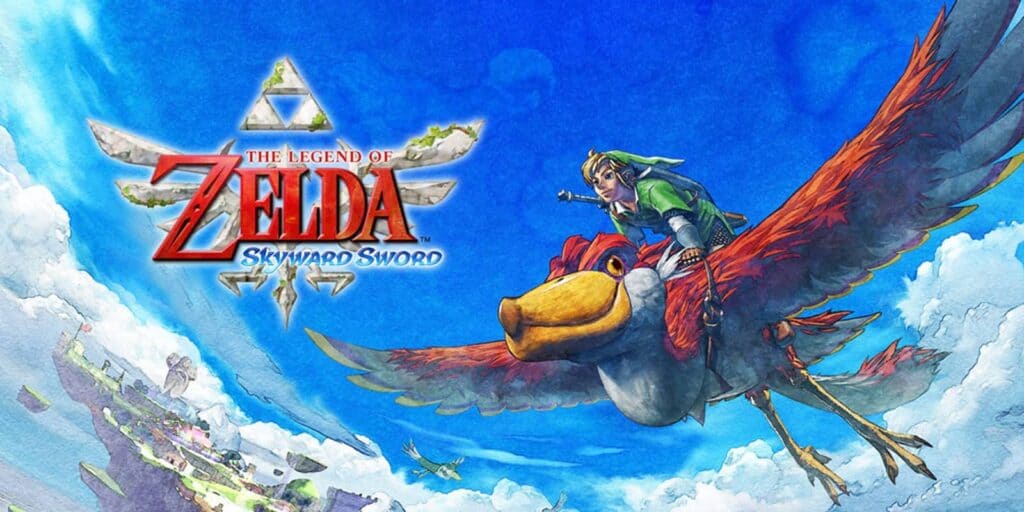
Release Year: 2011
Platform: Wii
Total Sales: 7.58 million units
Review Aggregate Score: 93%
Even though selling over 7 million units of a game is nothing to scoff at, the fact that Skyward Sword only has half of Ocarina of Time‘s total sales served as a warning sign for Nintendo. The signal from fans was loud and clear: they were ready for something new that branched out from the formula established back in 1998, and the Zelda series was in desperate need of reinvention lest it fall behind and become old hat in the modern era of gaming. Following both its middling sales and critical performance, Skyward Sword would end up being the last 3D game in the series to follow Ocarina of Time‘s template. The next mainline entry completely revolutionized the Zelda franchise.
5. The Legend of Zelda: Twilight Princess
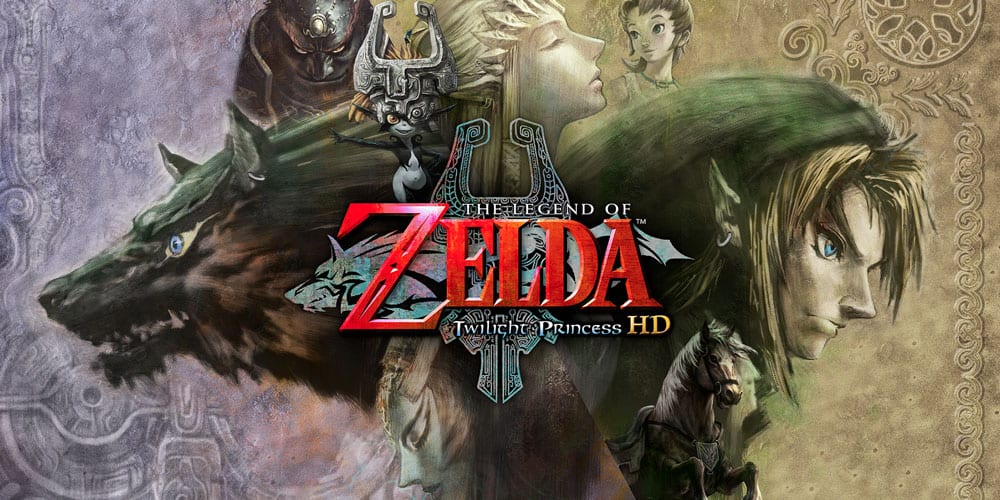
Release Year: 2006
Platform: Nintendo GameCube/Wii
Total Sales: 10 million units
Review Aggregate Score: 95%
Released on both the GameCube and as a launch title for the Wii, Twilight Princess is the first game in the series to utilize motion controls. While many fans find novelty in the use of the WiiMote to simulate swinging Link’s sword, just as many longtime fans perfer the GameCube original or Wii U remaster of Twilight Princess thanks to its traditional control scheme. Still, the Wii is the undisputable winner of the 7th console generation and Twilight Princess benefits from the hardware’s proliferation. Selling an impressive 10 million units and garnering an extremely positive critical reception, Twilight Princess is both a successful and fan-favorite entry in the franchise.
4. The Legend of Zelda: Tears of the Kingdom
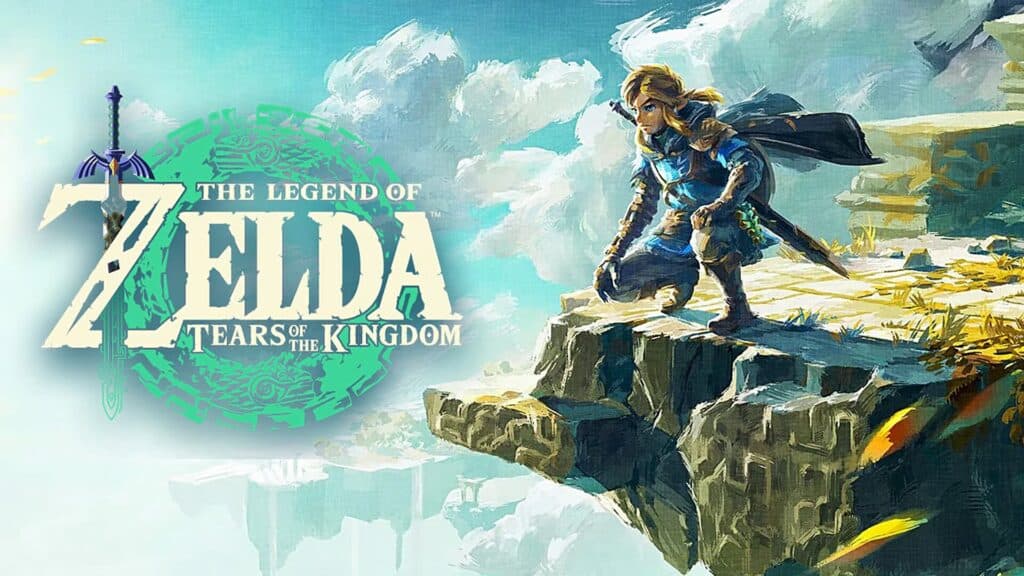
Release Year: 2023
Platform: Nintendo Switch
Total Sales: 10+ million units
Review Aggregate Score: 96%
Perhaps what’s most impressive about the latest Zelda game is the way that it profoundly expands on its predecessor’s sandbox to provide limitless creativity to players. The success of Breath of the Wild practically guaranteed the success of its follow up. Sure enough, Tears of the Kingdom is the fastest-selling game on the Switch and the fastest-selling game in the series’ history. Racking up 10 million units of sales in just weeks’ time, the game continues to be massively successful. Tears of the Kingdom will undoubtedly continue to rack up sales throughout 2023’s holiday season and beyond, potentially even overtaking its predecessor at some point to be the best-selling game in the franchise.
3. The Legend of Zelda: Link’s Awakening
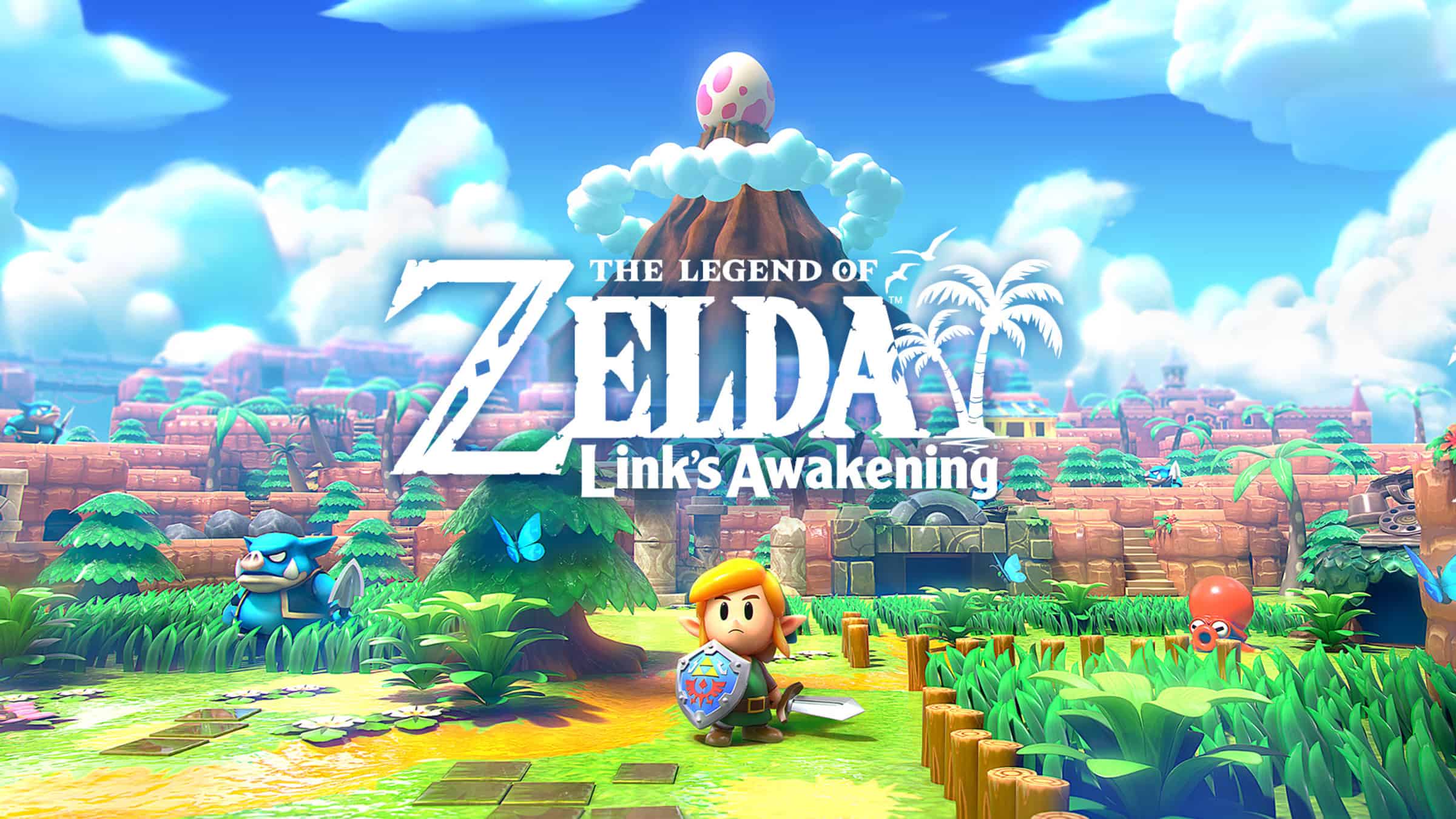
Release Year: 1993
Platform: Game Boy/Game Boy Color/Nintendo Switch
Total Sales: 12.13 million units
Review Aggregate Score: 89%
Link’s Awakening reigns supreme as the best-selling handheld Zelda game. Thanks to its multiple releases across hardware generations, the game continues to find an audience among both fans and critics alike. Link’s Awakening takes the formula of A Link to the Past and transports the hero to the whimsical Koholint Island, ultimately providing one of the best stories of any game in the series. And that’s without even mentioning how great the combat and dungeons are in this classic Zelda adventure. A large part of Link’s Awakening‘s success can be attributed to the Switch remake from 2019, which would sell over 6 million copies on its own. This game is proof that people still want classic Zelda adventures.
2. The Legend of Zelda: Ocarina of Time
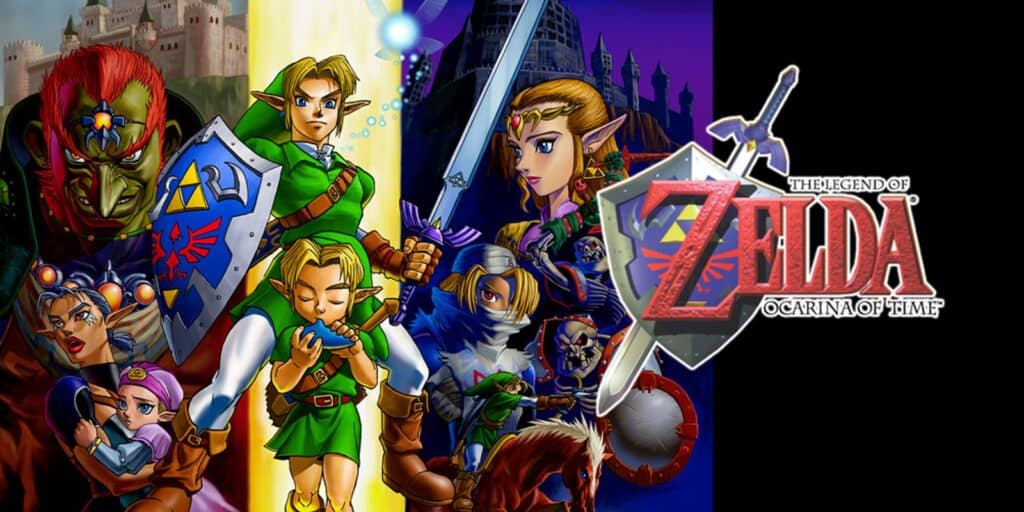
Release Year: 1998
Platform: Nintendo 64
Total Sales: 14 million units
Review Aggregate Score: 99%
Not only is Ocarina of Time the highest-scoring game in the Zelda series, it’s the best-reviewed game of all time. In addition to this impressive accolade, Ocarina of Time is the single best-selling game in the franchise prior to Breath of the Wild. The first 3D game in the series, Ocarina of Time still impresses today for how brilliantly it translates the Zelda formula into the third dimension. It features one of the most iconic set of dungeons and bosses of any game in the series, along with some incredible music and a narrative that carries huge implications for the rest of the franchise’s timeline. Ultimately, Ocarina of Time is perhaps the most important game in the entire Legend of Zelda franchise.
1. The Legend of Zelda: Breath of the Wild
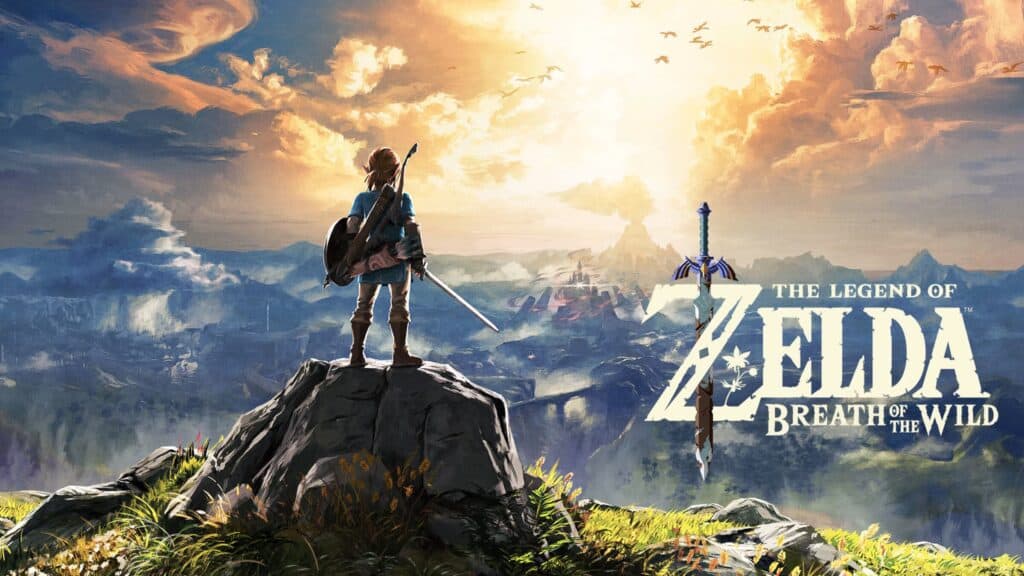
Release Year: 2017
Platform: Nintendo Switch/Wii U
Total Sales: 31.51 million units
Review Aggregate Score: 97%
Breath of the Wild doesn’t just reinvent the Zelda series, it revolutionizes it. Taking the classic gameplay of the original Zelda and bringing it into the modern era, Breath of the Wild is a total shot in the arm for the franchise. The open-world sandbox is vast, exploring Hyrule is endlessly entertaining, and the sense of freedom and adventure make each player’s time spent their own unique exerience. The game’s many successes translate to its sales and critical reception as well. Not only does Breath of the Wild have the honor of being the best-selling game in the franchise, it also has the second-highest critic average. Breath of the Wild and Tears of the Kingdom are both a bold new vision for the franchise, and one that is now proving to have been a successful gambit on Nintendo’s part.
